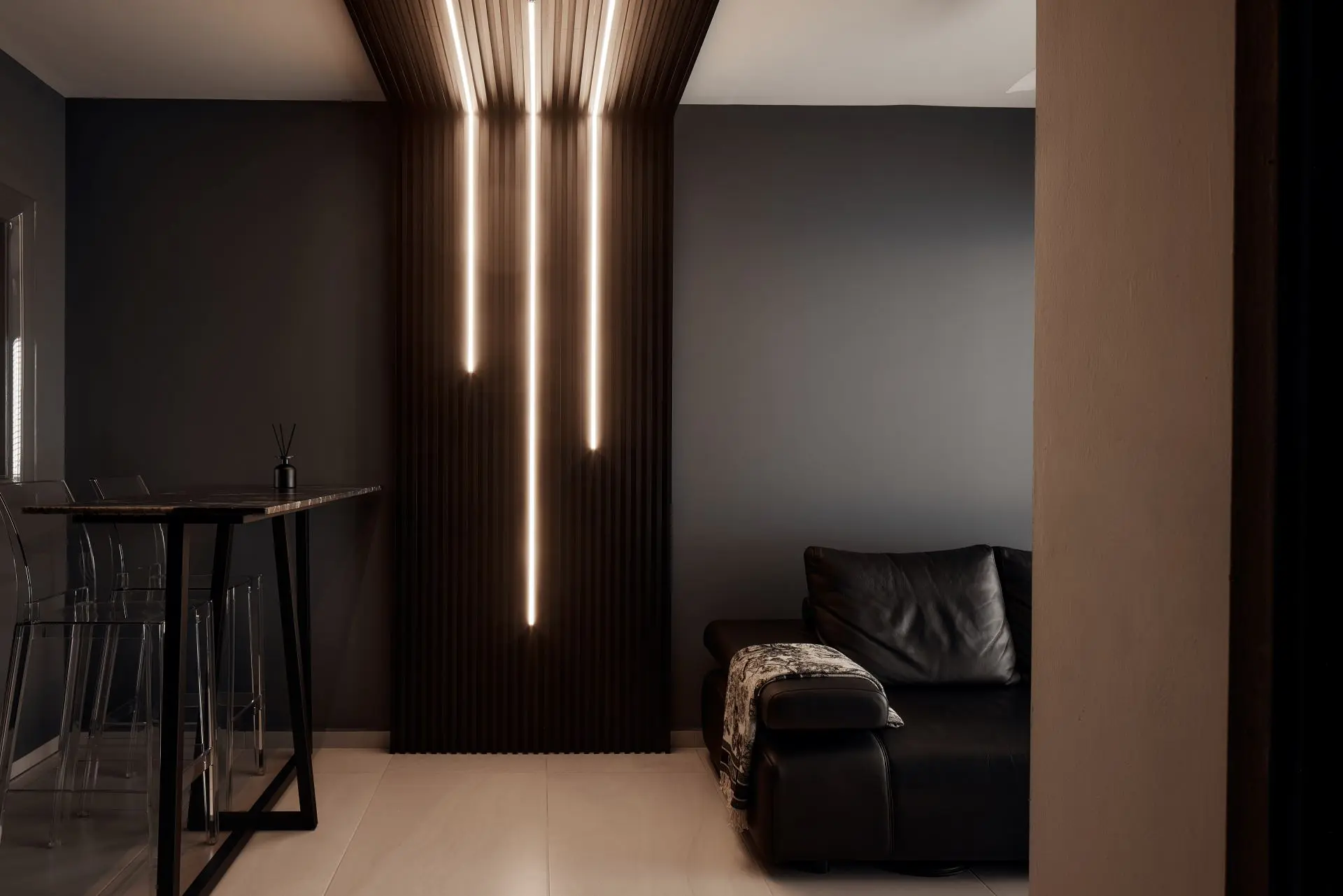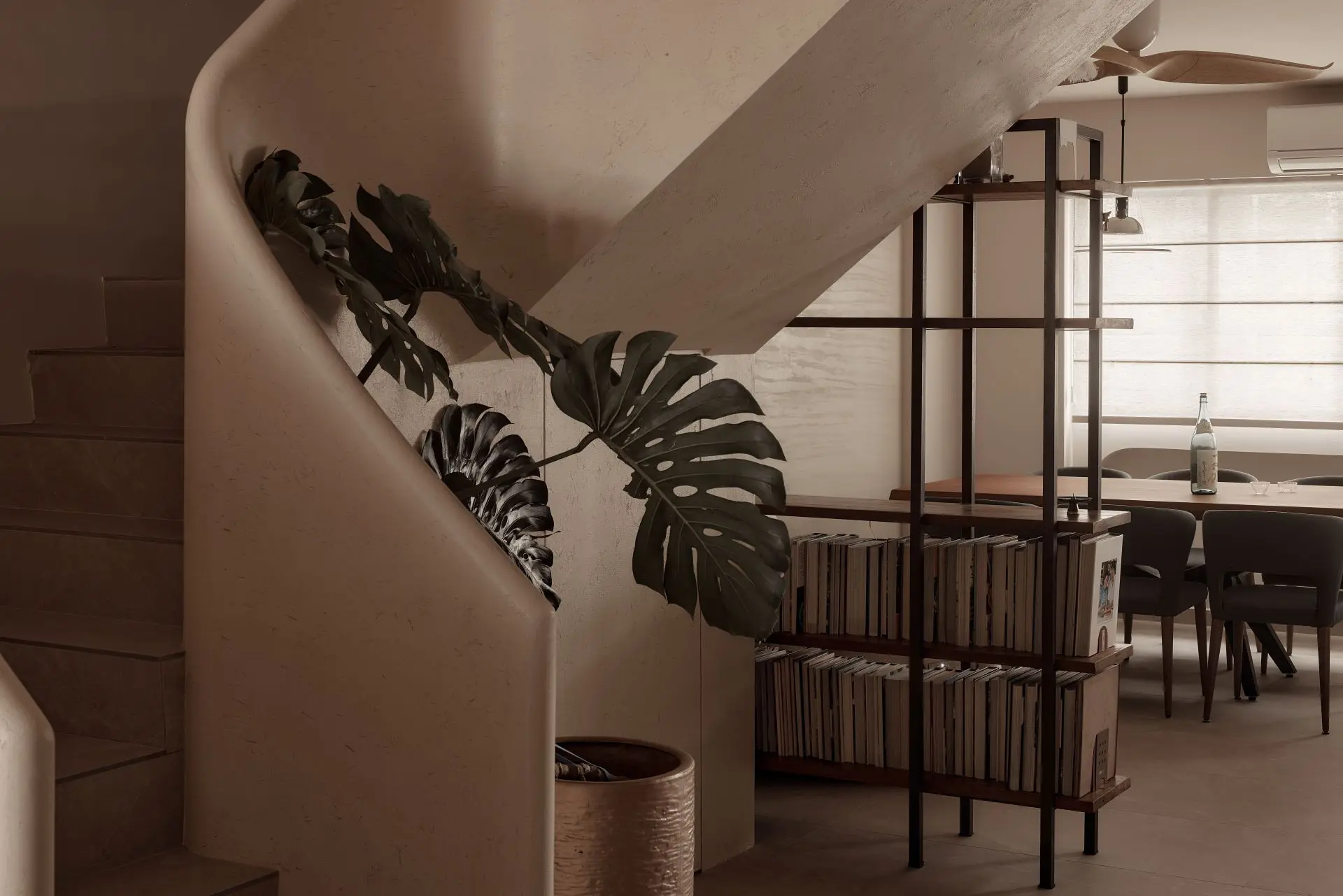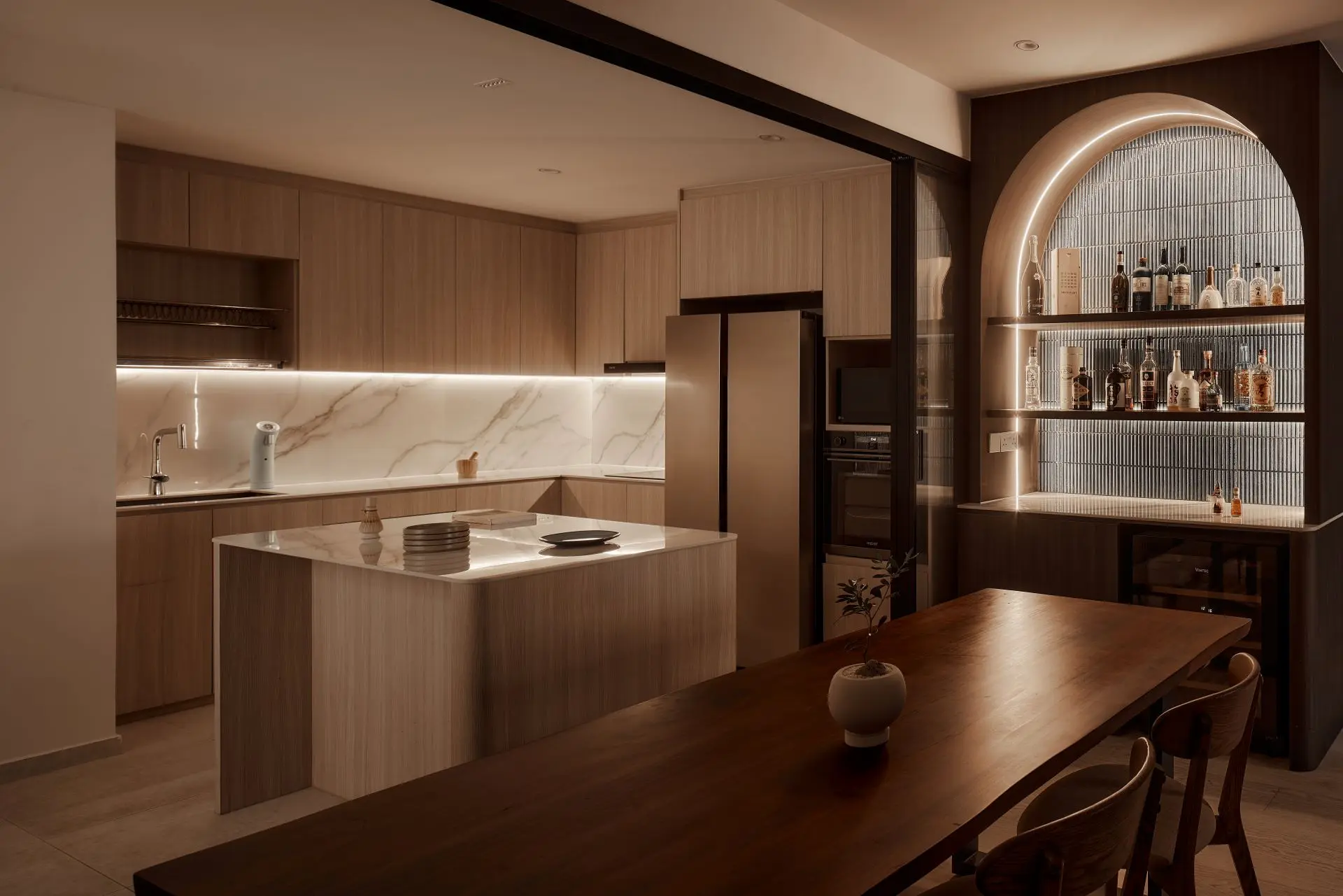Timeless elegance is a concept that transcends fleeting trends and fads, embodying a sense of sophistication that remains relevant across generations. It is characterized by a harmonious blend of simplicity and refinement, where each element contributes to an overall aesthetic that feels both classic and contemporary. This style often draws inspiration from historical design movements, yet it is adaptable enough to incorporate modern sensibilities.
The essence of timeless elegance lies in its ability to evoke a sense of comfort and familiarity while still making a bold statement. To achieve this aesthetic, one must focus on the principles of design that have stood the test of time. This includes an emphasis on quality craftsmanship, enduring materials, and a thoughtful arrangement of space.
For instance, the use of natural materials such as wood, stone, and metal can create a foundation that feels both grounded and luxurious. Additionally, the careful selection of colors and patterns can enhance the overall ambiance, allowing for a seamless integration of various elements that contribute to a cohesive look. Ultimately, understanding timeless elegance requires an appreciation for the past while embracing the possibilities of the present.
Key Takeaways
- Timeless elegance is about creating a sophisticated and enduring aesthetic that transcends trends.
- Classic color palettes like black and white, navy and cream, or soft neutrals can add a timeless touch to any space.
- Traditional furniture pieces such as wingback chairs, Chesterfield sofas, and antique tables can bring a sense of history and refinement to a room.
- Sophisticated textures and fabrics like velvet, silk, and cashmere can elevate the look and feel of a space.
- Embracing symmetry and balance in design can create a sense of harmony and timeless appeal in a room.
Choosing Classic Color Palettes
The choice of color palette is fundamental in establishing a timeless elegance within any space. Classic color schemes often revolve around neutral tones, such as whites, creams, beiges, and grays, which serve as a versatile backdrop for more vibrant accents. These hues not only create a serene environment but also allow for the incorporation of various textures and materials without overwhelming the senses.
For example, a soft cream wall can provide the perfect canvas for rich mahogany furniture or deep navy blue accents, creating a striking yet balanced visual appeal. In addition to neutrals, incorporating muted jewel tones can add depth and sophistication to a space. Colors like emerald green, sapphire blue, or deep burgundy can evoke a sense of luxury when used sparingly as accent pieces or in textiles.
These shades can be introduced through decorative pillows, artwork, or even an accent wall, providing a touch of richness that enhances the overall elegance of the room. The key is to maintain a sense of harmony; thus, it is essential to consider how each color interacts with others in the palette to create a cohesive look that feels both inviting and refined.
Incorporating Traditional Furniture Pieces
Traditional furniture pieces are often the backbone of timeless elegance, serving as functional art that adds character and charm to any space. When selecting furniture, it is crucial to prioritize quality over quantity; investing in well-crafted pieces made from solid wood or high-quality upholstery can significantly elevate the overall aesthetic. For instance, a beautifully carved mahogany dining table can serve as a stunning centerpiece in a dining room, exuding an air of sophistication while providing a practical gathering place for family and friends.
Moreover, traditional furniture often features classic silhouettes and intricate details that contribute to its timeless appeal. Wingback chairs, tufted sofas, and ornate sideboards are just a few examples of pieces that can enhance the elegance of a room. These items not only provide comfort but also serve as conversation starters, inviting guests to appreciate their craftsmanship and history.
By thoughtfully incorporating traditional furniture into a space, one can create an environment that feels both welcoming and refined, striking the perfect balance between functionality and aesthetic appeal.
Adding Sophisticated Textures and Fabrics
| Texture/Fabric | Benefits | Challenges |
|---|---|---|
| Velvet | Luxurious feel, adds warmth | Can show wear and tear easily |
| Silk | Elegant and smooth, drapes well | Requires delicate care, can be expensive |
| Leather | Durable, adds a rich look | Requires maintenance, can be costly |
| Linen | Lightweight, breathable | Wrinkles easily, may require ironing |
The use of textures and fabrics plays a pivotal role in achieving timeless elegance, as they add depth and interest to a space. Layering different materials can create a rich sensory experience that invites touch and exploration. For example, combining smooth silk drapes with a plush velvet sofa can create an inviting atmosphere that feels luxurious yet comfortable.
Similarly, incorporating natural fibers such as linen or cotton in throw pillows or area rugs can enhance the overall warmth of the room while maintaining an air of sophistication. In addition to layering fabrics, it is essential to consider the patterns and finishes used within the space. Subtle patterns such as herringbone or damask can add visual intrigue without overwhelming the senses.
These designs often evoke a sense of history and tradition, aligning perfectly with the principles of timeless elegance. Furthermore, incorporating metallic accents through decorative objects or hardware can introduce a touch of glamour while maintaining balance with softer textures. The interplay between various fabrics and finishes ultimately contributes to an environment that feels curated and thoughtfully designed.
Embracing Symmetry and Balance
Symmetry and balance are fundamental principles in achieving timeless elegance within interior design. A well-balanced space creates a sense of harmony that is visually pleasing and psychologically comforting. This can be achieved through the careful arrangement of furniture and decor elements, ensuring that no single area feels disproportionately heavy or cluttered.
For instance, placing matching side tables and lamps on either side of a sofa can create a sense of equilibrium that draws the eye across the room. In addition to furniture arrangement, symmetry can also be expressed through architectural elements such as windows, doors, and moldings. Incorporating these features into the design can enhance the overall aesthetic while reinforcing the principles of timeless elegance.
For example, using matching window treatments on either side of a large window can frame the view beautifully while adding an element of sophistication to the space. By embracing symmetry and balance in design choices, one can create an environment that feels cohesive and inviting.
Selecting Statement Lighting
Lighting is often considered one of the most critical elements in interior design, as it has the power to transform a space dramatically. In the context of timeless elegance, selecting statement lighting fixtures can serve as both functional elements and artistic focal points within a room. Chandeliers made from crystal or wrought iron can add an air of grandeur to dining rooms or entryways, while elegant sconces can provide ambient lighting in living areas or hallways.
When choosing lighting fixtures, it is essential to consider scale and proportion in relation to the surrounding space. A large chandelier may overwhelm a small room but can become a stunning centerpiece in a grand foyer with high ceilings. Additionally, layering different types of lighting—such as ambient, task, and accent—can create depth and dimension within a space.
This approach not only enhances functionality but also contributes to an overall atmosphere that feels warm and inviting while maintaining an air of sophistication.
Incorporating Art and Antiques
Art and antiques are integral components in achieving timeless elegance within interior spaces. They serve not only as decorative elements but also as expressions of personal taste and history. Incorporating carefully selected artwork—whether it be classic paintings, sculptures, or contemporary pieces—can add character and depth to any room.
For instance, displaying an original oil painting above a fireplace can create a striking focal point that draws attention while enhancing the overall aesthetic. Antiques also play a significant role in establishing a sense of history within a space. Items such as vintage mirrors, ornate picture frames, or heirloom furniture pieces can evoke nostalgia while adding layers of interest to the design.
When integrating antiques into modern spaces, it is essential to strike a balance between old and new; this juxtaposition can create an engaging dialogue between different eras while maintaining an air of timeless elegance. By thoughtfully curating art and antique pieces within a home, one can create an environment that feels rich in history yet relevant to contemporary living.
Paying Attention to Detail
The devil is indeed in the details when it comes to achieving timeless elegance in interior design. Small elements such as hardware choices, trim work, and decorative accessories can significantly impact the overall aesthetic of a space. For example, selecting high-quality brass or polished nickel hardware for cabinetry can elevate even the simplest designs while adding an element of sophistication.
Similarly, intricate moldings or wainscoting can enhance architectural features within a room, creating visual interest without overwhelming the design. Moreover, decorative accessories such as vases, bookshelves filled with curated books, or carefully arranged floral arrangements can add personality to a space while reinforcing its elegant theme. The key is to choose items that resonate with one’s personal style while maintaining cohesion with the overall design scheme.
By paying meticulous attention to these details—whether through color choices, material selections, or decorative accents—one can create an environment that embodies timeless elegance in every aspect.
If you are interested in learning more about interior design, you should check out the article “7 Basic Principles of Interior Design: A Comprehensive Guide to Creating Stunning Spaces” on IS Design Studio. This article provides valuable insights into the fundamental principles that can help you create beautiful and functional spaces in your home or office. For more information on interior design and its significance, visit IS Design Studio. Additionally, collaborating with top interior design firms can bring expert insight into achieving a cohesive and sophisticated look that transcends fleeting trends. These firms often have access to exclusive materials and furnishings that can elevate a project beyond the ordinary. With their guidance, you can navigate the nuances of design and ensure that your space reflects a sense of timeless elegance tailored to your lifestyle.








